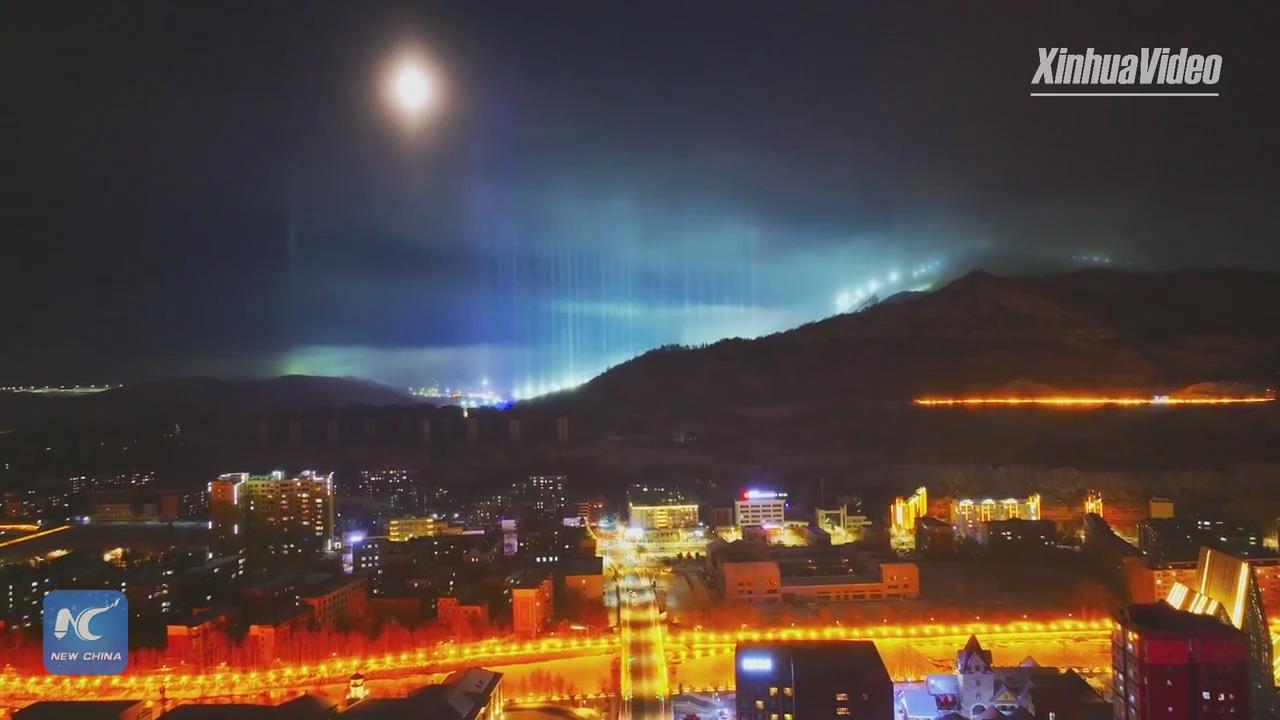Han Buddhism and Indian Buddhism practitioners and scholars differ in opinions on the archaeological findings at the Mo'er Temple site in Kashgar, Xinjiang Uygur autonomous region. Considering Xinjiang culture of unity in diversity, the architectural and cultural features of the Mo'er Temple reflect the deep influence of Han Buddhism, one of the three main schools of Buddhism which emerged from the Sinicization of Buddhism. Han Buddhism refers to the dominant form of Buddhism as practised by the Chinese people and overseas Chinese.
Pan Yue, head of the National Ethnic Affairs Commission, says that after being introduced in China, Buddhism gradually absorbed the Confucian ethics of loyalty and filial piety, reconciling them with the concepts of karma and filial duties, and adopted Taoist meditative practices. In Han Buddhism, unity embraces diversity, and the diversity enriches unity, which is evident at the Mo'er Temple site.
China's philosophy of unity in diversity helps transform outside cultures, rather than instigating Western-style cultural conflicts or wars. Some Western scholars are unable to understand this philosophy because of their limited historical experience and cultural cognition of Eastern culture and, as a result, cannot appreciate the meaning of cultural integration in Xinjiang. Instead, they claim Indian (or Theravada) Buddhism, the oldest school of Buddhism, plays a dominant role in Xinjiang's Buddhist culture, in order to belittle the influence of Chinese culture and Han Buddhism on Xinjiang culture.
For example, Radio Free Asia quoted Kahar Barat, a Uygur-American historian, Johan Elverskog, a professor of history at Southern Methodist University in Dallas, Texas, and Xia Ming, a professor of political science at the College of Staten Island in New York, as saying Buddhist culture in Xinjiang is mainly influenced by the Hindu-Greek Gandhara Buddhist culture that flourished in what today mainly is Pakistan and Afghanistan from the 3rd century BCE to the 12th century CE. In their desperate bid to de-Sinicize Buddhism in Xinjiang, the three experts even claimed that all Buddhist pavilions in China are inspired by Indian Buddhism.
By overemphasizing the impact of Indian Buddhism on Xinjiang's Buddhist culture, they are not only denying the overwhelming influence of Han Buddhism on Xinjiang's local culture but also trying to alienate the region from China, culturally and religiously.
They also said that the architecture of Mo'er and other temples reflected Indian style, and that Beijing's interpretation of the archaeological findings at the Mo'er Temple site is driven by the Chinese government's efforts to hype the influence of Buddhism and weaken the influence of Islam in Xinjiang.
Criticizing the Western scholars for their narrow perspective and lack of objective outlook on the influences on Xinjiang's religious culture and its relationship with Chinese culture, Pan said such a view could have ulterior political motives.
First, the diverse sources that have influenced Buddhism as practiced in Xinjiang reflect the "diversity" of Xinjiang culture. The "diversity" in Chinese culture is not chaotic nor does it suggest the influence of foreign cultures; rather it is the "diversity" found in nature. This makes the Western opinions distorted narrative, aimed at separating Xinjiang local culture from Chinese culture.
Explaining the emergence of Sinicized Buddhism, Pan said Sinicization is the process of integrating one philosophy with another, be it Buddhism, Islam or Marxism. The Sinicization process not only embraces outside cultures but also enriches Chinese culture, resulting in the birth of inclusive cultures rather than leading to cultural assimilation.
Second, thanks to its inclusive aspect, Chinese culture cultivated Han Buddhism. Generally, different societies view alien cultures as disruptive and intrusive, and treat them with disdain. For example, Western culture reflects Westerners' sense of superiority and subjective analysis. Western culture gave birth to the binary of civilized and barbaric, Orientalism — prejudiced outsider-interpretation of the Eastern world — the theories of clash of civilizations and cultural wars, cultural colonialism, and cultural imperialism.
In contrast, Chinese culture reflects inclusiveness — a coming together of cultures, ethnicities and religions.
Emphasizing the uniqueness and diversity of Xinjiang culture, Pan said Xinjiang boasts a rich tradition of the coexistence of diverse cultures and religions, adding that China's experience of seeking unity in diversity offers another perspective on ethnic and religious conflicts. It shows Chinese and Western cultures are different.
Third, no one is denying that Indian Buddhism influenced Xinjiang's Buddhist practices and culture, but there is no reason to exaggerate its influence. It is necessary to objectively evaluate the influence of Indian Buddhism on Xinjiang, and understand that the Sinicization of Buddhism and its influence are the results of exchanges between Chinese and other civilizations.
Pan said that the Mo'er Temple site is an example of Xinjiang's cultural diversity as it contains a Buddhist stupa in Gandhara (Indian) style, a square-shaped temple in Central Asian and Xinjiang style, and a Buddhist grand hall in Chinese style. In fact, the temple reflects the return of Sinicized Buddhism to the western region, because it shows a Buddhist hall built in Chinese style at the entry point of Buddhism from India to China.
Diverse cultures have peacefully coexisted in China thanks to the country's philosophy of unity in biodiversity. History shows this peaceful cultural trait of China has not changed, because China believes that the integration of cultures contributes to peaceful development.
And fourth, Han Buddhism and Xinjiang's cultural diversity have made remarkable contributions to the spread of Buddhism and maintenance of regional peace. But some Western scholars are using the history of pre-sectarian Buddhism to exaggerate the role played by Indian Buddhism in the development of an inclusive culture in Xinjiang. Buddhist doctrines and practices have been developing in China because the country seeks unity in cultural diversity. China long surpassed India as the country with the largest number of Buddhists, because China's cultural inclusiveness guarantees the uninterrupted development of Buddhism or any other faith in the country, including in Xinjiang.
Han Buddhism has played a significant role in spreading Buddhism around the world, an area in which Indian Buddhism failed, leading to its gradual decline even in India to the extent that Buddhism is now viewed by Hindu nationalists with disdain and suspicion, which is in stark contrast to the situation in Xinjiang.
The author is associate dean of the Law School at Minzu University of China.





.png)

























